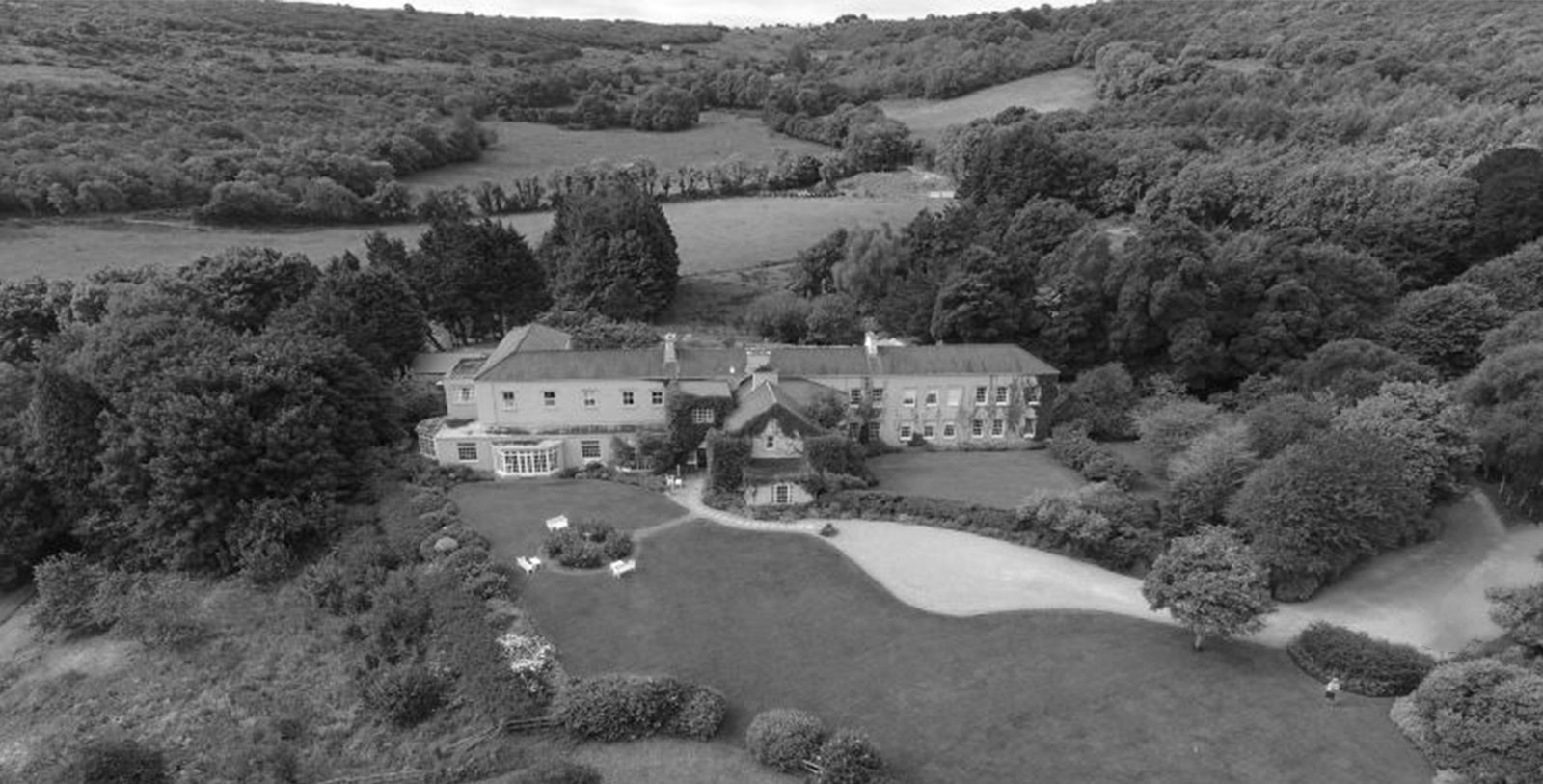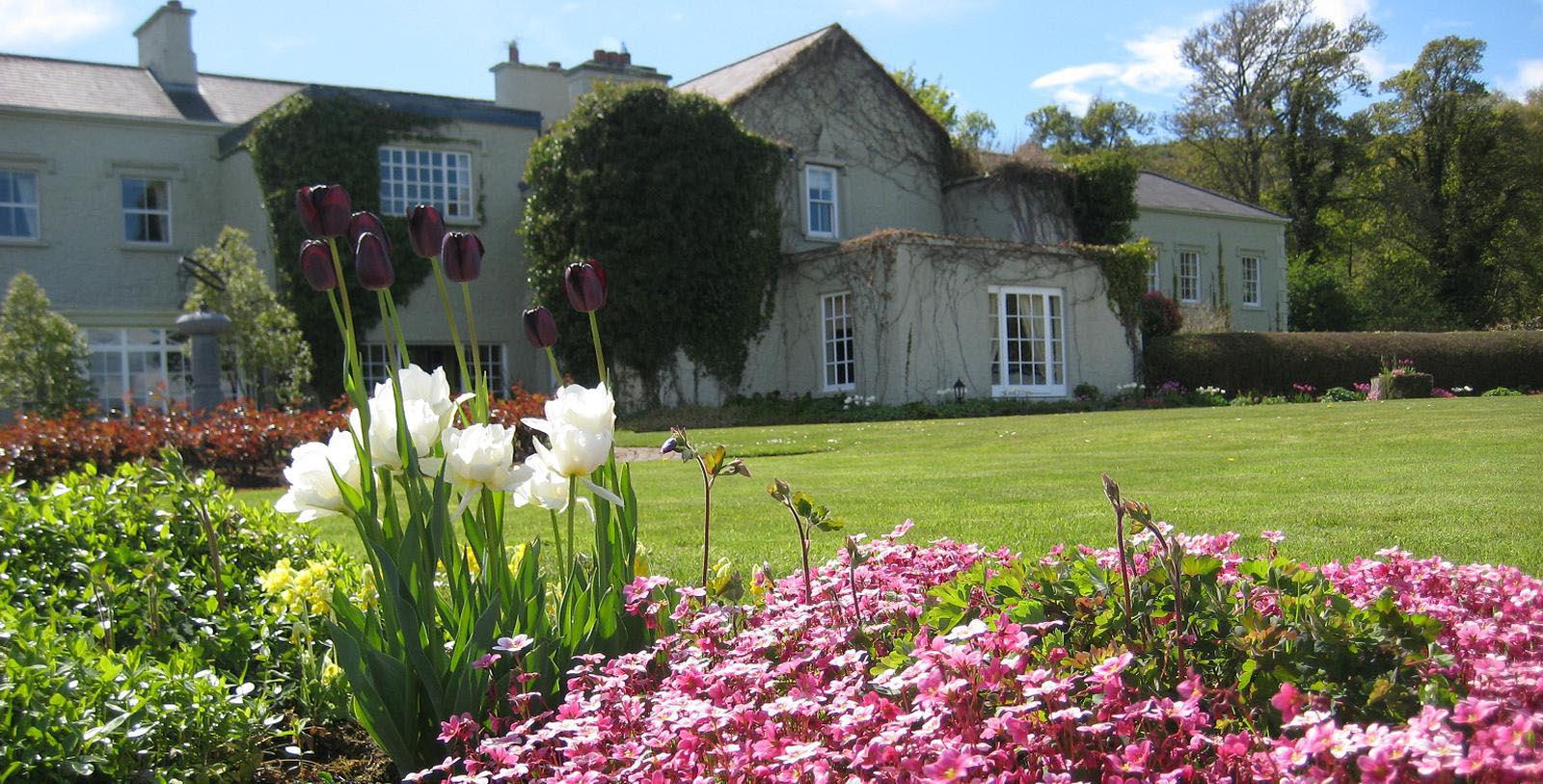Receive for Free - Discover & Explore eNewsletter monthly with advance notice of special offers, packages, and insider savings from 10% - 30% off Best Available Rates at selected hotels.
history
Discover the Gregans Castle Hotel, which consists of a magnificent 18th-century Georgian-style mansion.
Gregans Castle Hotel was constructed amid the intellectual and philosophical movement that dominated Europe in the 18th century.
At the foot of Corkscrew Hill rests the enchanting and distinguished Gregans Castle Hotel, a gracious 18th-century mansion. Built in the grandeur of nature’s best offerings, the Gregan’s Castle Hotel resides in some of Ireland’s best scenery. A stroll in the breathtaking Burren reveals fascinating antiquities, including a stone high cross on the property and stone remains of ancient forts. These barely hint at the hundreds of years of scandalous negotiations of early clans – from the earliest affairs of the Ó Lochlainn clan (O'Loughlin) with their chief the “Prince of the Burren” to the Ó Conchubhair clan (O'Connor) who ruled from nearby Dough Castle near Liscannor.
It was here in the ancient Burren that the original tower house was built by the chief of the Loghlens, Prince of Burren. Until the late 1500s, the Burren was known as the Barony of Gragans. Originally this hauntingly beautiful land was under the proprietorship of Owney More O'Loughlen in 1641, but he was dispossessed in the Cromwellian Settlement of 1654. The O’Loughlen family managed to keep the land through marriage, for the name Martyn, to whom the lands were granted, is a descendant of Turlough O’Loughlen of the O’Loughlen clan.
The magnificent Georgian-style house across from the tower house rose from this poetic landscape over 250 years ago in the year 1750. The Martyn family built the mansion to replace their home in the old castle nearby. The original residence, the 15th-century tower house, is still situated across the road. The Martyn family moved to the new mansion, most likely drawn by the stunning views of the Galway Bay, to a country home where the hotel now stands – a house that in 1866, was owned by Capt. John Gregory Martyn J.P., who lived permanently at Gregans. The house was extended considerably at this time and was the sparkling scene of grand social events and colorful gatherings.
Although eventually falling into disarray due to difficult economic times, various owners kept the manor functioning as a summer home in the mid to late 1800s, a small farm in the early 1900s, an inn in the 1940s, and finally reinvented as Gregans Castle Hotel in 1967. J.R.R. Tolkein stayed here a number of times in the 1950s and was inspired by the Burren while writing Lord of the Rings. The tower house across the road known as Gragan Castle is privately owned but is usually open to the public during the months of May and June. Today Gregans Castle Hotel is owned and managed by Simon Haden and Frederieke McMurray. This historic hotel easily earns its many accolades. With its antique furniture, award-winning cuisine, and the surrounding unspoiled beauty of the Burren, Gregans Castle Hotel is a tranquil hideaway. Lovely countryside views are complemented by the relaxed contemporary style of the accommodations – and deliberately left without the white noise of television. When the sun flitters though the quaint rose gardens and past the Celtic high cross, guests are given a brief glimpse of Gregan Castle Hotel’s enduring legacy.
-
About the Location +
Although this ancient Irish landscape is dotted with ruined castles and abbeys from a forgotten time, the unobstructed views of Galway Bay and the Burren from Gregans Castle Hotel take much of the attention. It is no wonder then that this untouched natural beauty, with its subtle shifts of light and moody terrain, has entranced many artists and writers. The strange, natural beauty of the Burren – or Boireann, meaning “great rock” in Irish – weaves a spell of mystery over its surroundings. Once echoing of Druid chants, stone forts, and ancient persons drawn to the area for its underwater streams and some of the rare gems of flowers and plants that are not found elsewhere, these scenes are like no other in all of Ireland. More than 90 megalithic tombs are hidden within the bracken carpets of hills, and natural limestone steps are broken occasionally by the distinct flower brave enough to push through the rocky landscape. A variety of plants ranging from the Mediterranean to the Artic splatter the hillsides with color.





























